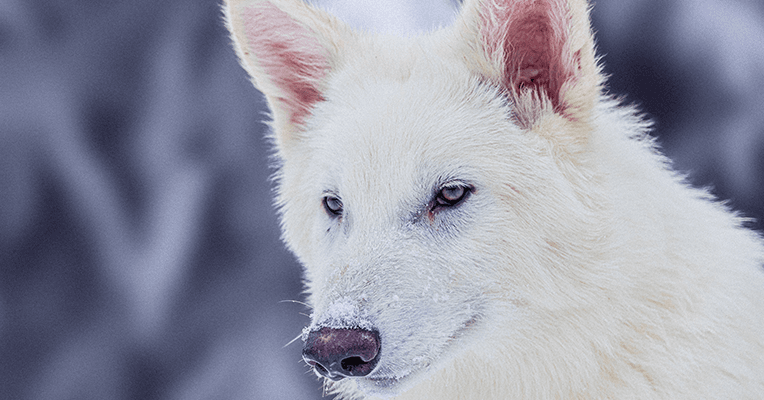The Genetic Resurrection of the Dire Wolf
Recent advancements in genomic research have catalyzed a groundbreaking project aimed at reviving the extinct dire wolf, a species that vanished approximately 10,000 years ago. Led by the biotechnology company Colossal, this initiative focuses on editing the genome of the gray wolf, the dire wolf’s closest living relative, to recreate the characteristics of its ancient counterpart.
Understanding the Dire Wolf’s Genetics
By painstakingly studying the genome of the dire wolf, Colossal’s team identified significant genetic traits that differentiated the extinct species from modern wolves. Notable characteristics under consideration include:
- Size
- Musculature
- Hair color
- Hair texture
- Hair length
- Coat patterning
The team implemented a total of 20 unique edits across 14 genes, with 15 of these specifically aimed at replicating the genetic variants of the dire wolf. This achievement is noted as the highest number of distinct genetic modifications attempted on any animal to date.
The Challenge of Defining Species
Despite their efforts, the genetic makeup of the dire wolf remains strikingly similar to that of the gray wolf, prompting discussions about the authenticity of the reconstructed species. Colossal’s CEO, Ben Lamm, asserts the project’s central focus is on creating a species that embodies the dire wolf’s characteristics. He explained, “We call them dire wolves. What’s interesting is that speciation is an area where scientists can’t seem to agree.”
George Church, a genetics professor at Harvard University and co-founder of Colossal, emphasized the aim of eventually recreating a full dire wolf genome. He noted, “In the meantime, we’re prioritizing all the traits that actually define the species.”
Debates in Taxonomy
Collaboration and opinions in the scientific community vary, particularly concerning the classification of the modified wolves. Geneticist and paleobiologist Beth Shapiro pointed out that the physical and behavioral traits of the new animals will also shape their classification: “If we can look at this animal and see what it’s doing, and it looks like a dire wolf and acts like a dire wolf, I’m going to call it a dire wolf.”
Diversity in perspectives exists even beyond genetics. David Jachowski, a conservation professor at Clemson University, highlighted the subjective nature of defining a species, noting that an animal’s ecological role could be equally important as its genetic composition when determining its classification.
The Technological Process
The creation of the dire wolf began with blood samples from a gray wolf. Researchers utilized epithelial progenitor cells from this blood and edited the DNA to align more closely with the dire wolf genome. The modified genetic material was then inserted into an enucleated egg cell from a domestic dog. Subsequent embryo development led to the implantation of these embryos in surrogate dogs.
Out of an arduous process involving eight surrogates and around 45 embryos each, the Colossal team celebrated the arrival of dire wolf pups: notably, Romulus, Remus, and Khaleesi. Unfortunately, the journey hasn’t been entirely successful; five embryo transfers failed, and a second female pup passed away shortly after birth due to an intestinal infection.
Conclusion
Colossal’s ambitious project represents a remarkable intersection of genetics and conservation efforts, aiming to not only recreate an extinct species but also inspire discussions about biodiversity and the ethical implications of de-extinction. As the project progresses, the ongoing debates about species classification will continue to evolve, challenging our understanding of genetics and ecology.

